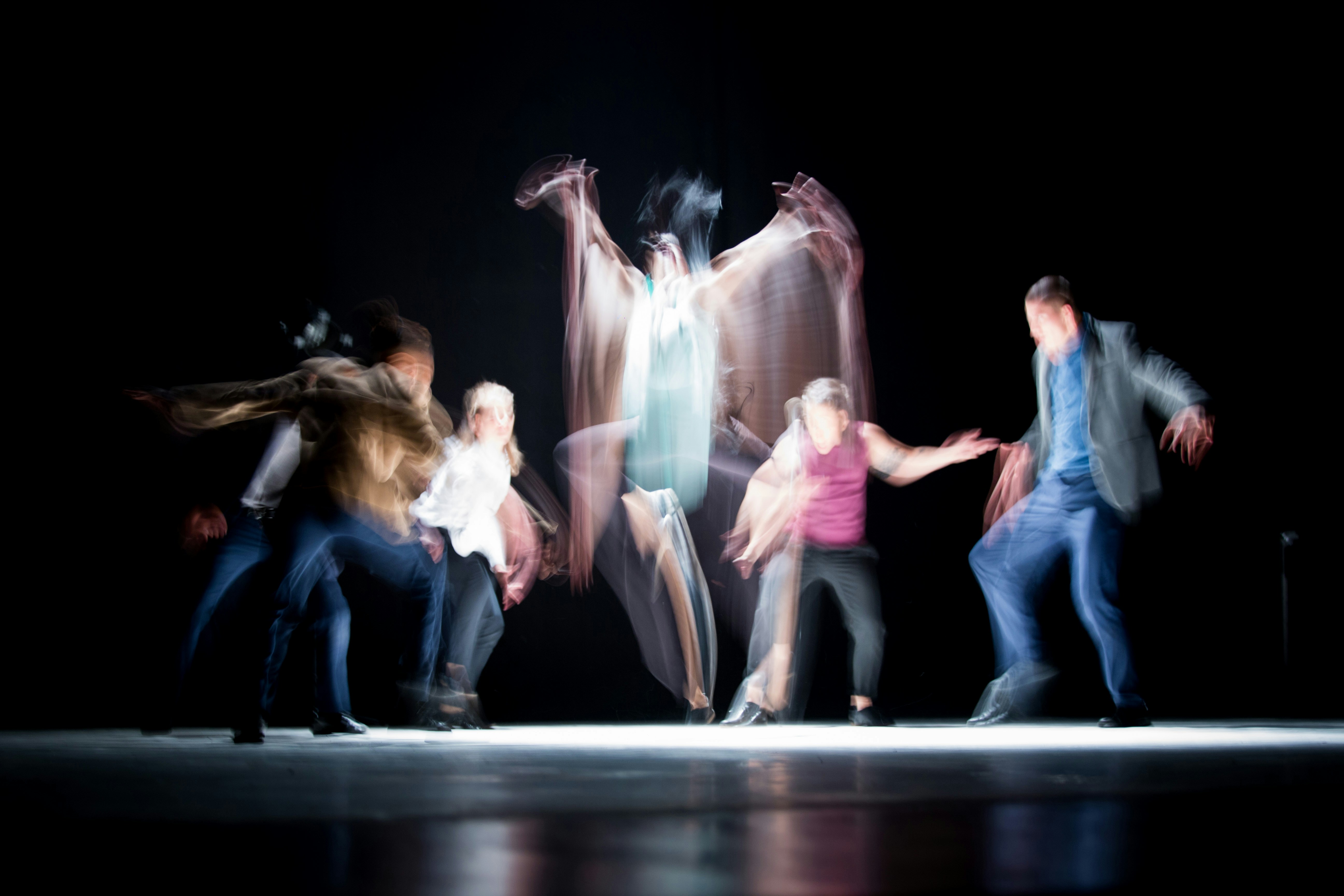Digital Renaissance: The Transformative Influence of Virtual Reality on Art
In the vibrant world of arts and entertainment, one cutting-edge technology is revolutionizing artistic expression and audience engagement alike: Virtual Reality (VR). This immersive medium is pushing boundaries and transforming our understanding of art, creating a digital renaissance.

Unearthing the Roots: The Emergence of Virtual Reality
Virtual Reality, a concept once confined to the realms of science fiction, has now become a reality, dramatically altering the landscape of numerous industries, including the arts. The roots of VR can be traced back to the mid-20th century, with the advent of flight simulators. But it’s the rapid technological advancement of the 21st century that has truly enabled VR to blossom, ushering in a new era of artistic creation and consumption.
Current Trends: VR and the Art World Today
Today, artists are leveraging VR to create immersive, interactive experiences that place the viewer at the very heart of the artwork. From virtual art galleries, where you can explore collections from the comfort of your home, to transformative performances that blur the lines between viewer and participant, VR is reshaping our relationship with art. This technological revolution is not limited to the creation of art alone; it’s also influencing how we appreciate and study art, providing us with unprecedented access and perspective.
The Impact: Shaping a New Artistic Frontier
The impact of VR on the art world is profound and far-reaching. It has democratized art, providing access to world-class collections and performances to anyone with a VR headset. It has also given artists a new canvas, one that is boundless and immersive. By enabling artists to manipulate space and time, VR allows for the creation of transformative experiences that challenge our perceptions and evoke powerful emotional responses.
Reception: Embracing the Digital Renaissance
The reception to this digital renaissance has been overwhelmingly positive. Artists are embracing the endless possibilities that VR offers, and audiences are reveling in the immersive experiences it enables. However, like any transformative technology, VR also poses challenges. Questions around accessibility, authenticity, and the potential for isolation need to be navigated as we continue to explore this new frontier.
The Future of VR in Art
The marriage of VR and art is still in its infancy, but the potential is limitless. As technology continues to evolve, so too will the ways in which we create and consume art. One thing is for certain, the digital renaissance is here to stay, and it’s set to redefine the world of arts and entertainment.
This article has provided an in-depth look at the transformative influence of VR in the art world, from its roots to its current trends, impact, and reception. It’s clear that this cutting-edge technology is shaping a new artistic frontier, one that promises to be as exciting as it is challenging. As we embrace this digital renaissance, we’re not just spectators, but active participants in a revolution that is reshaping art as we know it.




